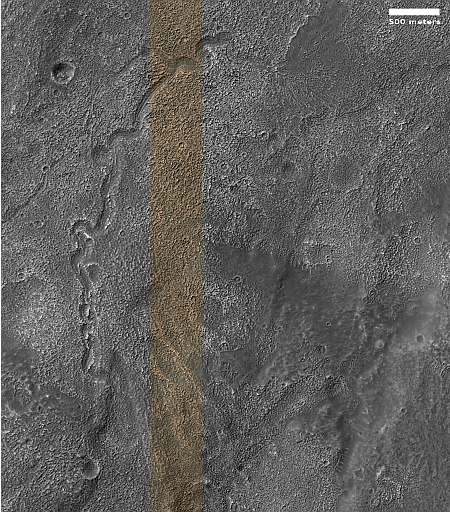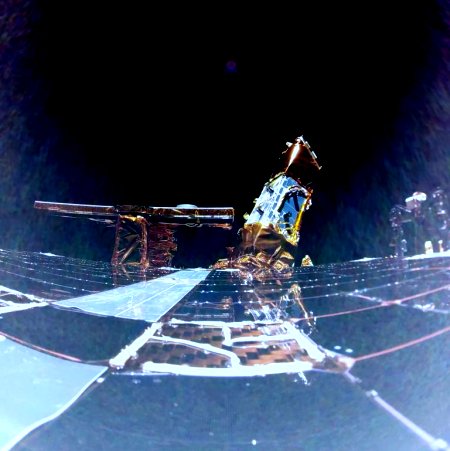South Korea’s space bureaucracy attempts to encourage private sector development
South Korea’s space agency, the Korea Aerospace Administration, has announced a new effort to encourage that country’s private sector in developing rockets and satellites.
[A] plan will be established to link the National Space Council, the highest policy decision-making body overseeing government space policy, with the Aerospace Development Policy Review Committee. Systems will also be established for workforce training in aerospace and the designation of a space development mission center.
To establish an aerospace economic ecosystem, the participation of the private sector in the development and utilization of launch vehicles and satellites will be expanded. In the aviation sector, future aircraft technologies, including urban air mobility (UAM), will be secured, and localization of aircraft materials and components will be supported. To encourage smooth research and development (R&D) investments in aerospace corporations, the aerospace fund will be revitalized with improvements to regulations and support for overseas expansion.
Overall, a lot of this sounds like meaningless bureaucratic gobbledygook. The goal might be to expand the private sector, but the program still has the space agency running everything, from its new government-built Nuri rocket to its other satellite development programs.
Nonetheless, the desire to encourage the private sector is good. It could simply be that South Korea’s private sector is not mature enough yet to take the lead, and the agency by this announcement is working to push it forward.
South Korea’s space agency, the Korea Aerospace Administration, has announced a new effort to encourage that country’s private sector in developing rockets and satellites.
[A] plan will be established to link the National Space Council, the highest policy decision-making body overseeing government space policy, with the Aerospace Development Policy Review Committee. Systems will also be established for workforce training in aerospace and the designation of a space development mission center.
To establish an aerospace economic ecosystem, the participation of the private sector in the development and utilization of launch vehicles and satellites will be expanded. In the aviation sector, future aircraft technologies, including urban air mobility (UAM), will be secured, and localization of aircraft materials and components will be supported. To encourage smooth research and development (R&D) investments in aerospace corporations, the aerospace fund will be revitalized with improvements to regulations and support for overseas expansion.
Overall, a lot of this sounds like meaningless bureaucratic gobbledygook. The goal might be to expand the private sector, but the program still has the space agency running everything, from its new government-built Nuri rocket to its other satellite development programs.
Nonetheless, the desire to encourage the private sector is good. It could simply be that South Korea’s private sector is not mature enough yet to take the lead, and the agency by this announcement is working to push it forward.










